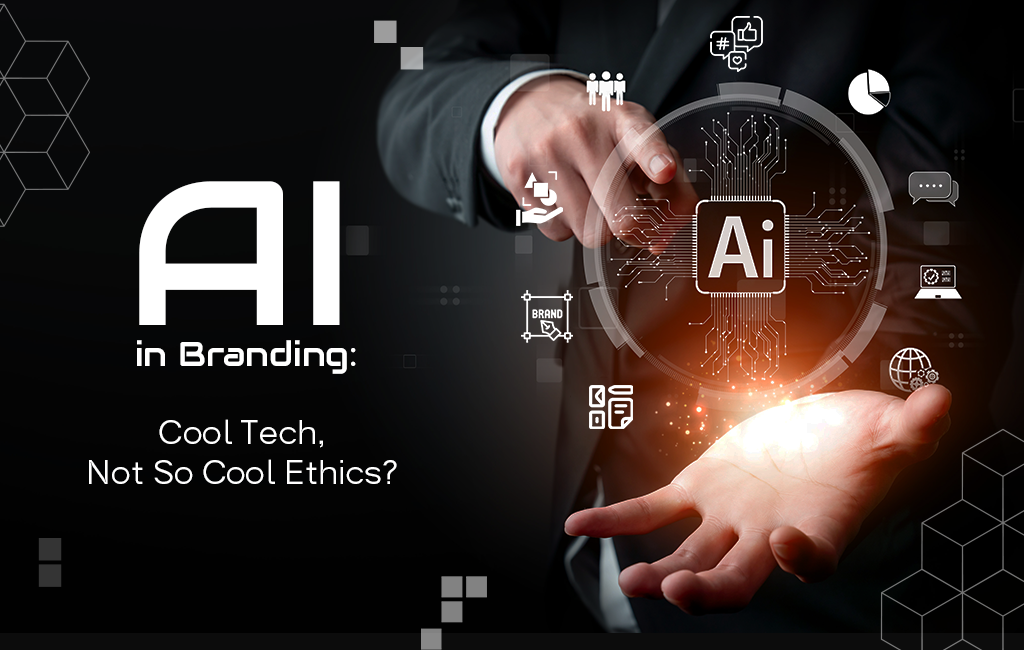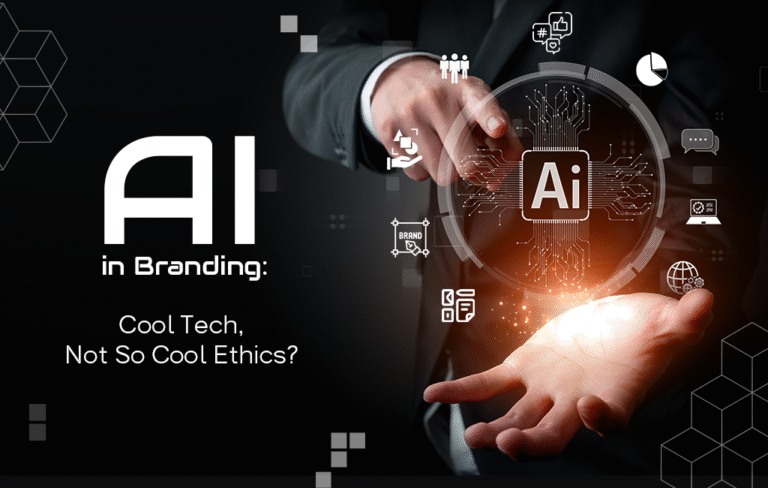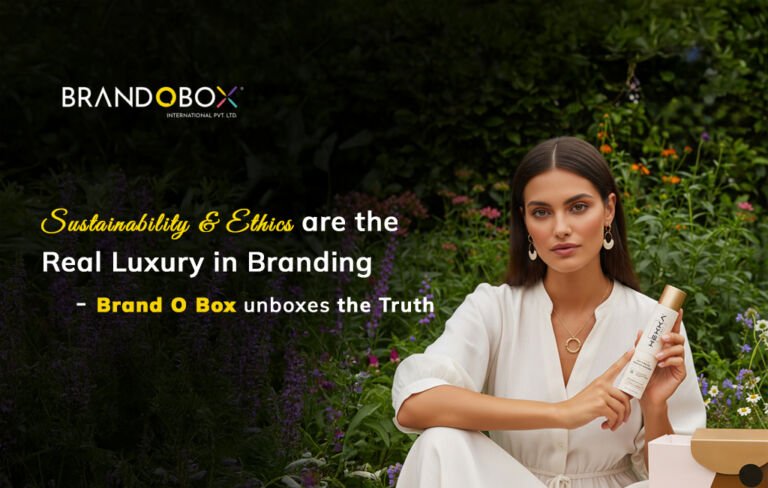AI in branding is no longer a futuristic fantasy it’s the new reality brands are racing to adapt. From auto-captioning tools to full-blown campaign generators, AI has seeped into every layer of our creative process.
Let’s get this out of the way first AI is the new intern we didn’t know we needed, but now can’t live without. Need captions for a post in 12 languages? AI. Want to know what colour palette makes Gen Z buy more scrunchies? AI. Curious how long people stare at biryani reels before clicking “order now”? Yep, AI again.
At Brand O Box, a top-rated digital marketing agency in Hyderabad, we’ve dealt with machine learning tools, danced with AI chatbots, and whispered sweet nothings into Midjourney prompts to visualise campaigns.
But let’s hit a pause on this “AI is magic” soundtrack and get real for a second.
As branding folks, we’re not just crafting messages—we’re shaping narratives. And when those narratives are powered by AI, there’s a very thin line between influence and manipulation. Between helping a user find the perfect product… and making them believe they need something they don’t.
So here’s a dive into ethical AI in marketing, particularly in the Indian business landscape.
Let’s start with the saddest one.
Creativity, for a long time, was our secret sauce—the human superpower that no algorithm could replicate. But now?
Thanks to AI tools for brand strategy like Gemini and ChatGPT, you can whip up a campaign idea or social media calendar in under 30 minutes. Sounds like a dream, right?
Well, not if you’re an actual human creative.
We still remember when one of our junior designers asked us half-joking, half-serious
“If AI can do illustrations better and faster than me, what am I even doing here?”
That stung. Because it’s true we’re seeing the slow devaluation of original thought.
The worst part? AI models are trained on human work. They remix, regurgitate, and remix again. But the seed? That came from someone’s lived experience, someone’s wild imagination.
And we’re not crediting those humans enough.
This isn’t just a tech evolution—it’s a test of AI and human creativity in branding.
Imagine watching a video of Virat Kohli recommending a herbal weight-loss pill. You’d probably believe it. Until you find out—it was a deepfake ad.
Yep. That actually happened.
In early 2024, several Indian celebrities had their faces AI-morphed into promoting scams. The result? Public confusion, lawsuits, and a lot of angry aunties on WhatsApp.
In branding, trust is currency. And deepfake tools are making it alarmingly easy to counterfeit that trust. I’ve personally seen a pitch where a client wanted to create “AI videos” of Shah Rukh Khan for regional ads—without involving Shah Rukh. Ethics? Out the window.
Where do we draw the line between deepfake ads and digital ethics?
This is where responsible AI in digital marketing must take centre stage.
The result? Startups and agencies are going full jugaad mode—doing what they can get away with, not what’s right.
We need policies, disclosure norms, and ethical standards. Maybe even a digital “FSSAI-style” seal that says, “This content was ethically created.”
Because brand ethics in the age of AI shouldn’t be optional.
That’s not targeting. That’s manipulative intrusion.
One of our FMCG clients once asked us to run a campaign that analysed voice notes to suggest products based on emotional tone. We declined. Just because you can doesn’t mean you should.
As India catches up with legislation (hello, Digital Personal Data Protection Act 2023), brands need to take the high road before they get called out—or worse, cancelled.
Let me tell you about “Priya” (name changed) a 19-year-old from Vizag who kept seeing ads for fairness creams on Instagram. Why? An AI model picked up on “regional sentiment indicators” and quietly pushed beauty anxiety her way.
That’s not cool. That’s dangerous.
AI-powered advertising campaigns in India must be built with empathy, not exploitation.
We don’t want to convince someone they’re not enough—unless they buy our product. That’s not branding. That’s bullying.
We’re not anti-AI at Brand O Box. Far from it.
We believe the future isn’t humans vs AI it’s humans + AI.
AI can spot trends, crunch numbers, and translate content.




